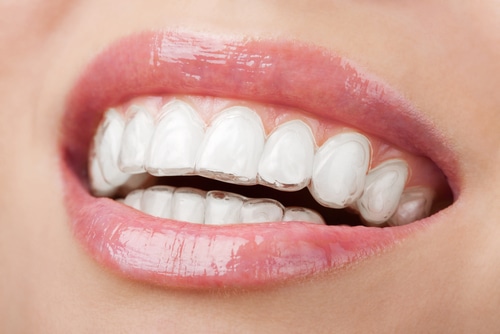
Brighter Smiles With Cosmetic Dentistry
Although cosmetic dentistry has existed in some form or another for centuries, it is a field which has evolved significantly over the past few decades such that patients have more cosmetic options than ever before. In general, cosmetic dentistry is the practice of restoring aesthetics to the teeth, although in many instances tooth function is also improved either directly or indirectly as a result of cosmetic treatment. There is no shortage of patients hoping to brighten their smile or address unsightly gaps and stains in their teeth and, accordingly, there is a plethora of dentists across the nation who specialize in aesthetic procedures.
Cosmetic dentistry is not actually a recognized dental specialty. In other words, there is no supplemental education required to become a cosmetic dentist, other than a typical four-year dental education. Cosmetic dentists are merely professionals who choose to focus their practice on the improvement of aesthetics. However, with the prevalence and modern capabilities of cosmetic procedures, almost all dentists are qualified and able to provide aesthetic services. In a sense, the fields of Orthodontics (tooth straightening) and Prosthodontics (dentures) are cosmetic specialties, since their procedures improve smile and tooth appearance, although their expertise is primarily focused on the improvement of tooth function.
Modern aesthetic treatments offer numerous possibilities for restoring a youthful glow to the smile. Tooth whitening is arguably the most well-known and common procedure performed by cosmetic dentists. Although there are many over-the-counter whitening products, cosmetic dentists can whiten teeth from within, making the result much more noticeable and long-lasting. Bonding is another popular treatment, and is typically used for closing gaps in teeth or restoring tooth surfaces which have been exposed due to gum recession. The bonding process consists of applying and shaping a tooth-colored material to the surfaces of teeth.
Dental veneers are perhaps the most recognizable treatment in terms of improving smile aesthetics. Veneers have benefited immensely from modern advances in dental materials, and are among the best options for improving the appearance of teeth. There are two distinct types of dental veneers: composite and porcelain. Composite veneers are made by applying tooth-colored materials to the tooth and shaping them to resemble natural teeth. Porcelain veneers, on the other hand, are manufactured in dental laboratories and are cemented to the outer surfaces of teeth. Porcelain is particularly strong and has a very natural coloring and luminescence, making them the more popular option. As one might expect, though, they are frequently more expensive.
The cost of cosmetic dentistry varies significantly. Teeth whitening performed by a dentist costs in the range of $500, whereas porcelain veneers can cost $2,000 per tooth or more. Because cosmetic treatment is rarely necessary to the function or health of teeth, few insurance plans offer significant coverage, if any. However, many cosmetic dentists can offer personalized financing and payment plans, making it easier to afford cosmetic procedures. Regardless of the cost, improving the appearance of your teeth can do wonders for your oral health and give you a boost of self-esteem and confidence in your smile.

